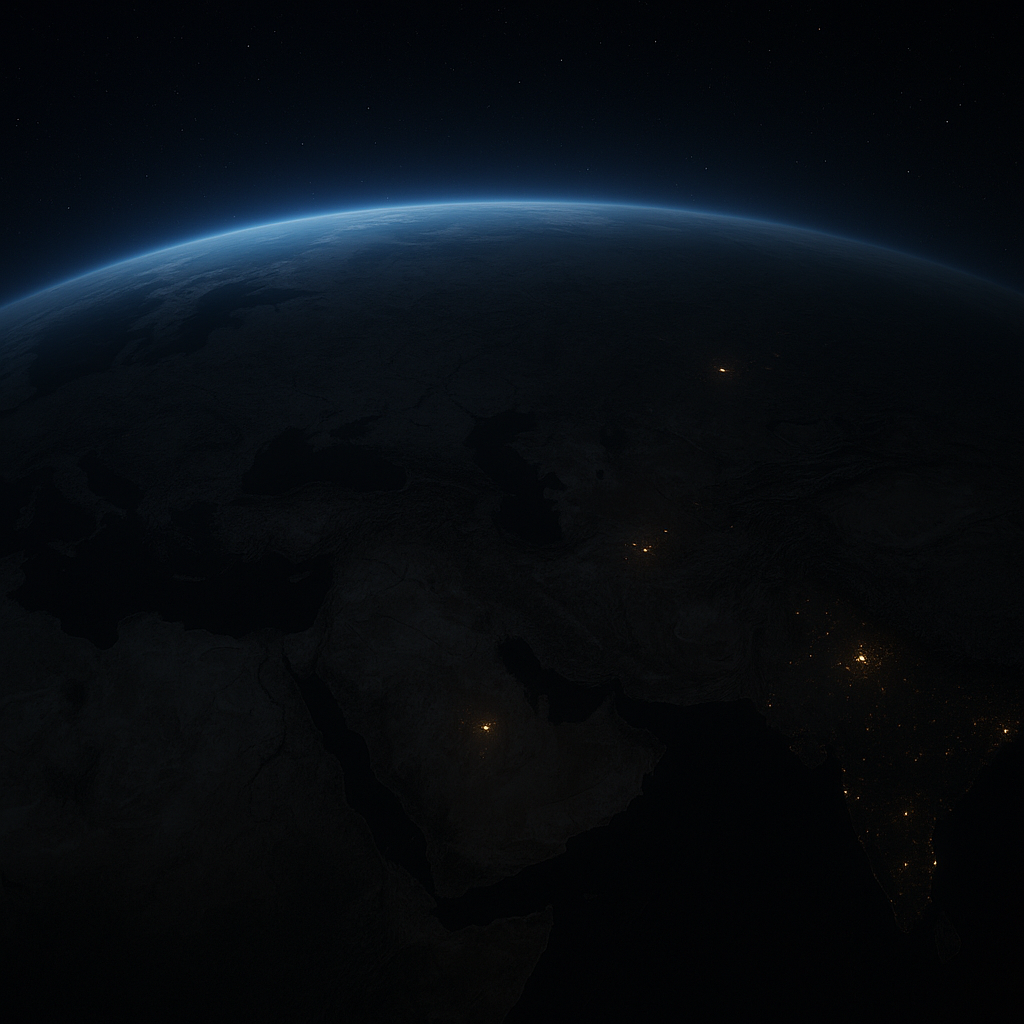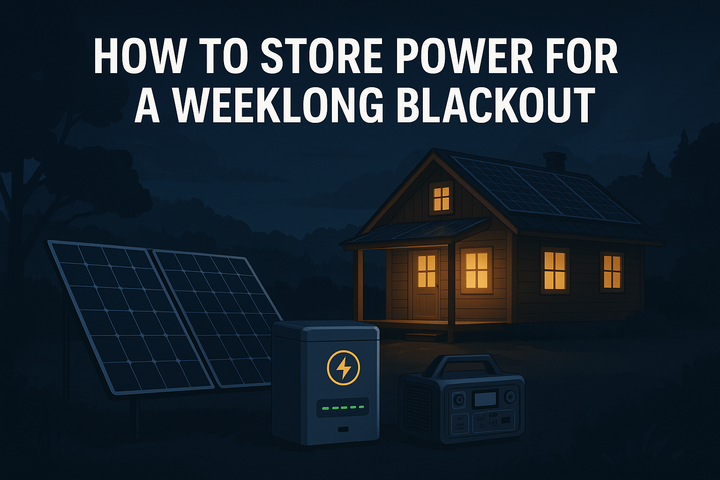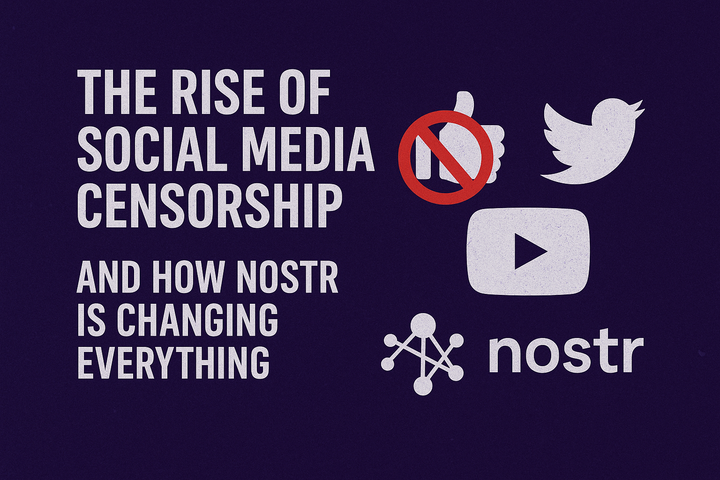What Happens When the Power Grid Fails Globally?
The scenario few want to imagine — but everyone should understand.

The Fragile Backbone of Civilization
Electricity isn’t just a convenience — it’s the nervous system of modern civilization. Every swipe, every dollar, every breath of modern life relies on an invisible lattice of wires, transformers, and control systems that hum in quiet coordination.
But what if that system collapsed?
Not regionally — not a blackout in one city or country — but a global grid failure.
We tend to think of the grid as indestructible, too vast to fall. Yet history and physics both remind us: complex systems fail precisely because they are complex.
Let’s walk through what actually happens — hour by hour, day by day — when the lights go out across the planet.
Hour 1: Silence and Confusion
When the grid fails globally, the first thing you’ll notice is silence.
Engines stall. Refrigerators click off. Wi-Fi routers die. Streetlights vanish.
Most people assume it’s a normal blackout — maybe a blown transformer or a storm. Phones still have charge, but with no signal. Within minutes, emergency systems begin flooding with inquiries.
Air traffic controllers lose radar and communication links.
Data centers switch to generator power.
Hospitals kick on diesel backups.
But a few specialists — grid operators, satellite engineers, cybersecurity analysts — realize the scale. They see it’s not local. It’s everywhere.
Hour 6: The World Divides Between the Prepared and the Panicked
Diesel generators hum in hospitals, telecom towers, and emergency response centers. But fuel tanks are finite — usually good for 24 to 72 hours.
Without grid power, refineries can’t pump, pipelines stop flowing, and fuel trucks sit idle. Backup systems start to fail one by one.
Those with solar, batteries, or off-grid setups adapt immediately.
Those without start panicking.
Supermarkets lock their doors as electronic payment systems fail. ATMs go dark. People start realizing cash — and community — are the only functioning currencies left.
Day 1: The Digital Collapse
The internet — as we know it — goes offline.
Data centers exhaust backup power. Even satellites lose coordination as ground control stations fade.
Your digital identity, bank balance, crypto wallets (without self-custody), emails, photos — all inaccessible.
Cloud storage becomes a memory.
Streaming stops.
Communication devolves to whatever local, analog systems remain.
In a single day, the digital world vanishes.
Day 3: The Supply Chain Breakdown
No power means no refrigeration.
Food spoils in warehouses and supermarkets.
Trucks don’t move. Trains sit frozen on rails. Ships drift without navigation.
Cities that rely on just-in-time delivery — every major metro — start running out of food.
Water systems that depend on electric pumps begin to fail. Sewage systems back up. Disease risk rises.
Communities with wells, gravity-fed systems, or stored water become islands of stability.
Week 1: Economic Implosion
With markets offline and communication dead, the global economy effectively ceases to exist.
There’s no trading, no pricing, no credit.
Central banks can’t inject liquidity into a grid that doesn’t exist.
Cash is king — until it isn’t. Then skills become currency.
People who can repair, grow, and build become the most valuable in society.
Bitcoin — the ultimate off-grid money — becomes useless without power unless local nodes and battery-powered devices still function. True sovereignty comes down to energy access.
Month 1: Government Breakdown
Governments depend on coordination, communication, and control — all gone.
Martial law is declared in many nations, but enforcement is spotty. Military units guard fuel and water reserves. Rural communities form defense groups.
Urban centers grow dangerous fast. Without refrigeration, clean water, or law enforcement, major cities start to empty out.
The modern megacity — once a marvel of efficiency — turns into a trap.
Month 3: New Power Structures Emerge
By now, the world has fragmented into microgrids — small, local systems powered by solar, hydro, wind, or stored fuel. Communities that invested early in local energy sovereignty become the seeds of the new civilization.
Trade returns — not globally, but locally.
Barter networks form.
Analog communication like ham radio, shortwave, and even courier networks thrive.
A new era begins — smaller, slower, more local. But also more human.
What Could Cause a Global Grid Failure?
It sounds extreme — but there are real possibilities:
- Geomagnetic Storm (Solar EMP):
A massive coronal mass ejection (CME) from the Sun could fry transformers and satellites simultaneously. The 1859 “Carrington Event” did exactly this — and if it happened today, the grid could be down for months or years. - Cyberwarfare or Coordinated Attack:
Modern grids are digital. A sufficiently advanced cyberattack could trigger cascading failures across continents — especially if synchronized with physical sabotage. - Systemic Cascade Failure:
Because grids are interconnected, instability in one major node (say, Europe or North America) can trigger others to fail in sequence — a domino effect on a global scale. - Artificial EMP (Electromagnetic Pulse):
A high-altitude nuclear detonation or weaponized EMP event could permanently disable electronics over vast regions.
The Sovereign Lesson: Power = Freedom
This isn’t doom porn — it’s realism.
Civilization runs on electricity, but individuals and communities don’t have to depend entirely on fragile, centralized systems.
A solar array, battery bank, wood stove, well pump, and radio can mean the difference between chaos and calm.
Resilient communities — decentralized, energy-literate, and cooperative — will outlast any global failure.
If the grid fell tomorrow, your true wealth wouldn’t be digital or financial — it would be skills, energy, and trust.
Final Thought
The global grid is one of humanity’s greatest achievements — and one of its greatest vulnerabilities.
Every extension cord, every microchip, every glowing screen is a reminder that we live inside a fragile miracle.
It’s not about living in fear — it’s about living ready.



Comments ()